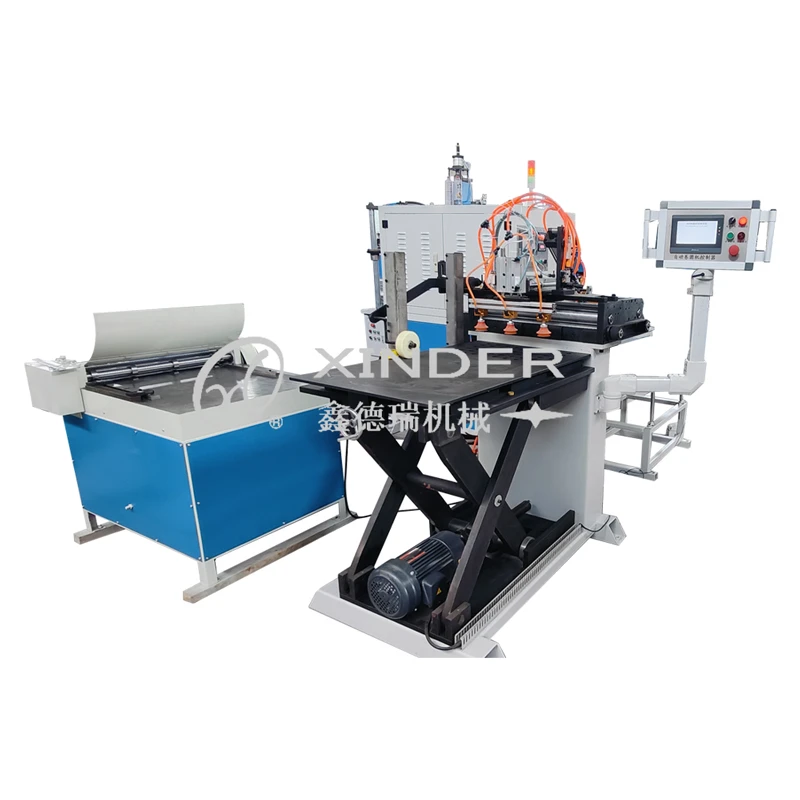-
 8613931787312
8613931787312 -
 Botou Industrial Zone on the east side of National Highway 104, Botou City, Hebei Province
Botou Industrial Zone on the east side of National Highway 104, Botou City, Hebei Province
- Afrikaans
- Albanian
- Amharic
- Arabic
- Armenian
- Azerbaijani
- Basque
- Belarusian
- Bengali
- Bosnian
- Bulgarian
- Catalan
- Cebuano
- Corsican
- Croatian
- Czech
- Danish
- Dutch
- English
- Esperanto
- Estonian
- Finnish
- French
- Frisian
- Galician
- Georgian
- German
- Greek
- Gujarati
- haitian_creole
- hausa
- hawaiian
- Hebrew
- Hindi
- Miao
- Hungarian
- Icelandic
- igbo
- Indonesian
- irish
- Italian
- Japanese
- Javanese
- Kannada
- kazakh
- Khmer
- Rwandese
- Korean
- Kurdish
- Kyrgyz
- Lao
- Latin
- Latvian
- Lithuanian
- Luxembourgish
- Macedonian
- Malgashi
- Malay
- Malayalam
- Maltese
- Maori
- Marathi
- Mongolian
- Myanmar
- Nepali
- Norwegian
- Norwegian
- Occitan
- Pashto
- Persian
- Polish
- Portuguese
- Punjabi
- Romanian
- Russian
- Samoan
- scottish-gaelic
- Serbian
- Sesotho
- Shona
- Sindhi
- Sinhala
- Slovak
- Slovenian
- Somali
- Spanish
- Sundanese
- Swahili
- Swedish
- Tagalog
- Tajik
- Tamil
- Tatar
- Telugu
- Thai
- Turkish
- Turkmen
- Ukrainian
- Urdu
- Uighur
- Uzbek
- Vietnamese
- Welsh
- Bantu
- Yiddish
- Yoruba
- Zulu
automatic welding equipment
The Evolution and Impact of Automatic Welding Equipment
Automatic welding equipment has revolutionized the manufacturing and construction industries, significantly enhancing productivity, precision, and quality in welding processes. As industries continue to advance towards greater automation, understanding the evolution, types, and benefits of this technology becomes increasingly imperative.
The history of automatic welding dates back to the early 20th century when manual welding was the norm. The introduction of electric arc welding techniques marked a significant turning point. Gradually, with the advent of technology and the demand for more efficient production methods, automatic welding began to emerge. This gradual shift was fueled by the need for more consistent and high-quality welds, especially in mass production environments.
The Evolution and Impact of Automatic Welding Equipment
One of the most significant advantages of automatic welding equipment is the improved quality of welds. With manual welding, variations in skill levels among operators can lead to inconsistencies. However, automatic systems utilize programmed parameters and sensors to ensure a uniform and strong weld, significantly reducing the likelihood of defects. This increased precision not only enhances the structural integrity of manufactured products but also prolongs their lifespan.
automatic welding equipment

Furthermore, the use of automatic welding equipment increases production speed and reduces labor costs. Automated systems can operate continuously without the fatigue that typically affects human workers. This capability enables manufacturers to meet high demand while minimizing overtime costs associated with manual labor. The efficiency of automatic welding processes also leads to faster project completion times, providing companies with a competitive edge in the market.
Another essential aspect of automatic welding equipment is safety. Welding processes can be hazardous due to the potential exposure to harmful fumes, intense heat, and UV radiation. By utilizing automated systems, the exposure of human workers to these risks is minimized. Operators can monitor and control the welding process from a safe distance, significantly reducing workplace accidents and health risks.
Despite the numerous benefits of automatic welding equipment, there are challenges that companies must navigate. Initial investment costs for advanced automated systems can be substantial, and there might be a steep learning curve associated with operating and maintaining such equipment. Companies must also ensure that they have skilled personnel who can effectively manage and troubleshoot automated systems.
Despite these challenges, the integration of automatic welding equipment into production lines is becoming increasingly essential. As industries push towards smart manufacturing and Industry 4.0 principles, automatic welding plays a crucial role in this technological evolution. The ongoing development of artificial intelligence and machine learning will further enhance the capabilities of these systems, leading to even greater levels of automation and efficiency.
In conclusion, automatic welding equipment has transformed the landscape of manufacturing and construction, providing improved efficiency, precision, and safety. As technology continues to evolve, so too will the capabilities of automatic welding systems, ensuring they remain a vital component in modern production environments. Embracing these advancements not only allows companies to enhance their operations but also positions them favorably in a rapidly changing industrial landscape. The future of welding is undoubtedly automated, and those who adapt will thrive in this new era of manufacturing.
-
The Rise of Laser Welding in Global Manufacturing: Spotlight on China’s Competitive EdgeNewsJun.05,2025
-
The Power of Precision: Exploring the Role of Automatic Seam Welding Machines in Modern ManufacturingNewsJun.05,2025
-
The Essential Guide to Can Welding Machines: Revolutionizing the Packaging IndustryNewsJun.05,2025
-
Resistance Welding Equipment: A Smart Investment for Industrial ManufacturingNewsJun.05,2025
-
Precision Welding for Modern Manufacturing: The Rise of Automatic Seam Welding MachinesNewsJun.05,2025
-
Laser Welding for Stainless Steel: The Precision Edge in Modern Metal FabricationNewsJun.05,2025
-
The Modern Evolution of Barrel Production: Technology, Machines, and Market PricingNewsMay.22,2025
-
 Fully Automatic Kaiping Production LineOct . 17, 2024
Fully Automatic Kaiping Production LineOct . 17, 2024 -
 Fully Automatic Metal Bucket Lifting HeadphonesSep . 14, 2024
Fully Automatic Metal Bucket Lifting HeadphonesSep . 14, 2024 -
 Automatic Rolling MachineSep . 14, 2024
Automatic Rolling MachineSep . 14, 2024

